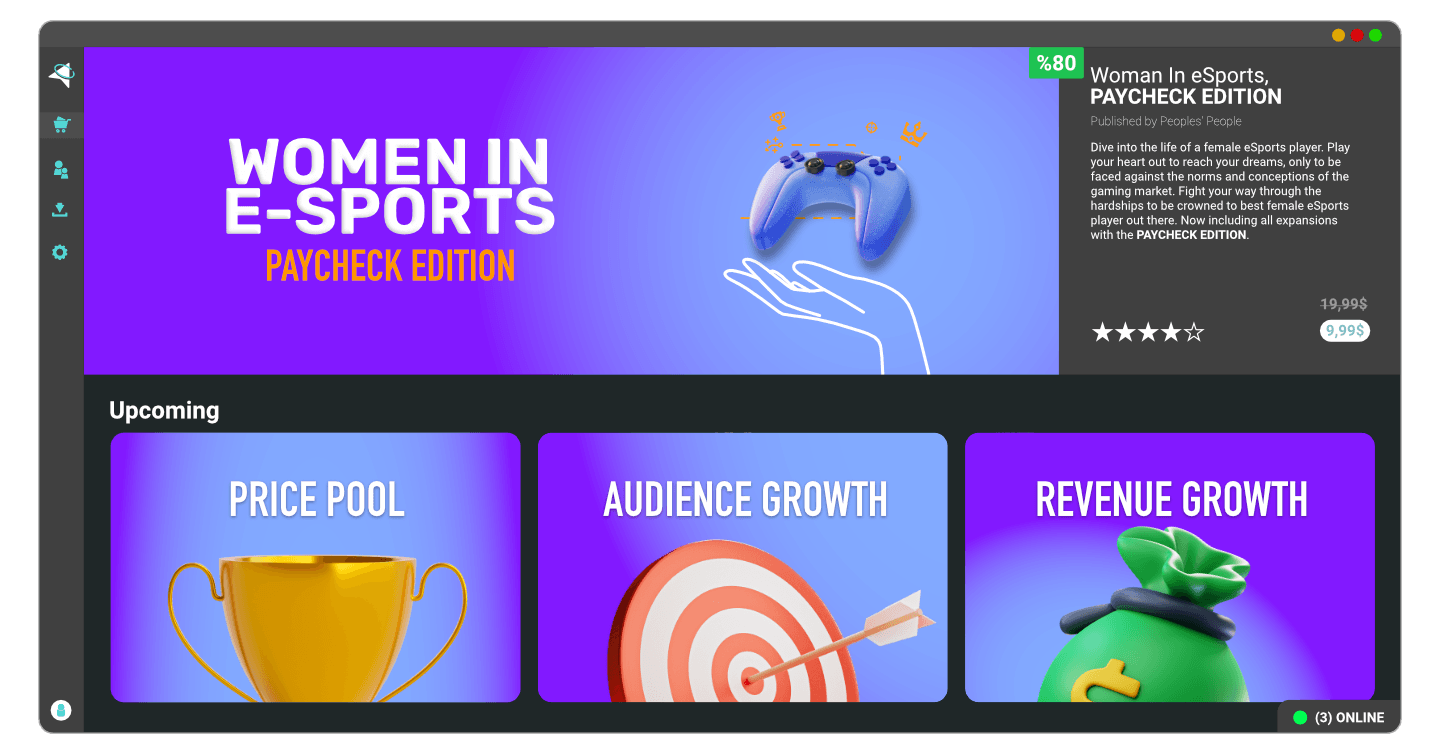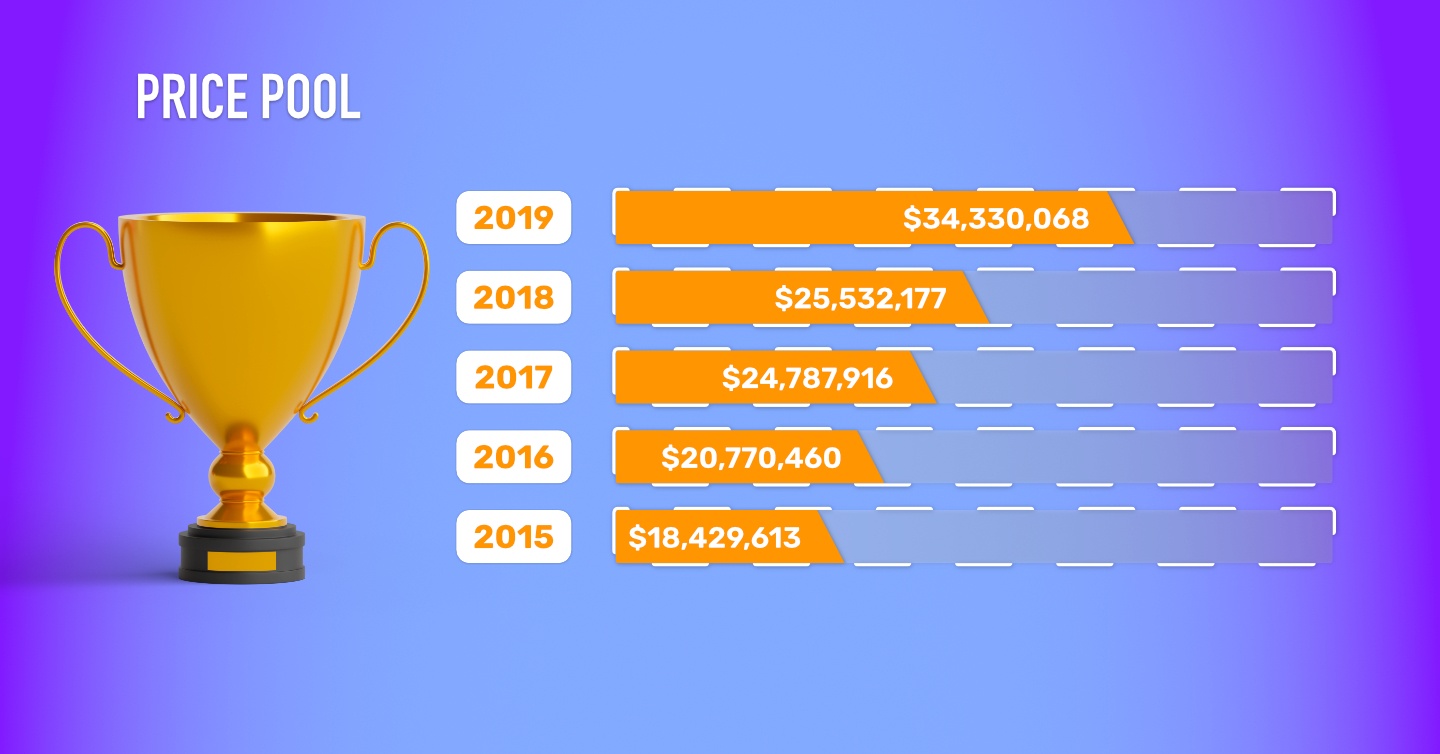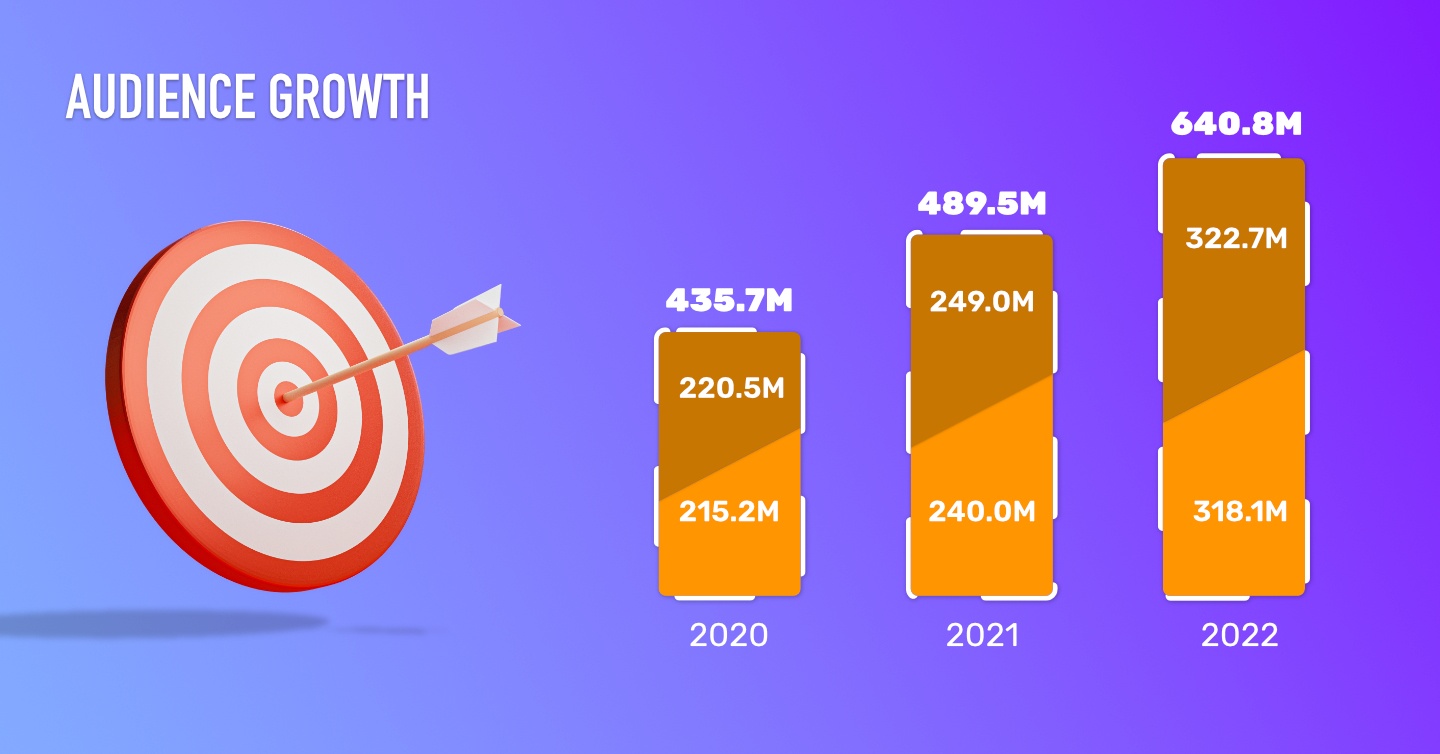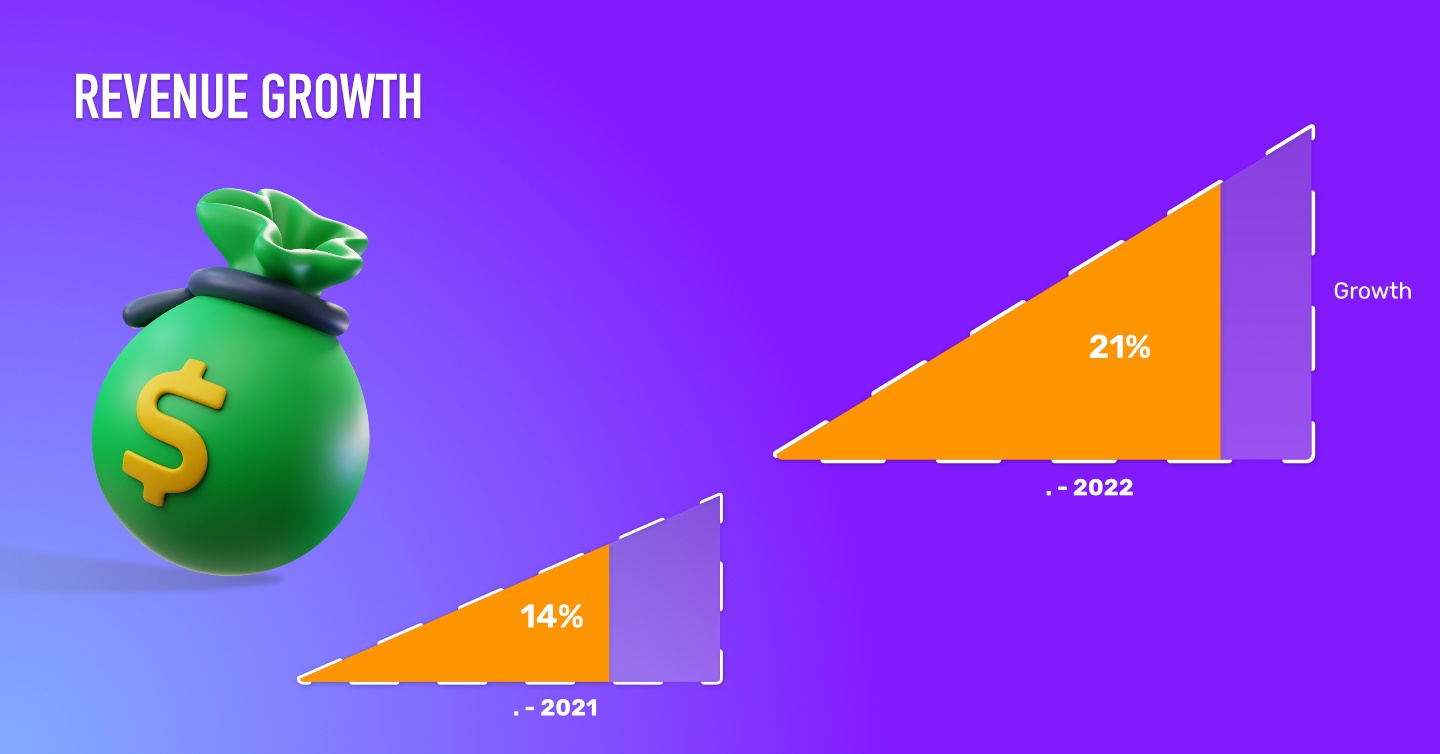
A Look At Women In E-Sports
It is an exciting world for video gamers. Esports have exploded in the last few years, attracting more and more talent, fans, and, of course, money.
We can track this growth by looking at the millions of dollars in prizes being awarded at top competitions, by counting viewers on Twitch, or by the money funneling to top esports athletes in the form of sponsorships.
However, women esports athletes are not benefitting from this boom in the same way. There are no women in the top 300 highest-paid players.
Given controversies around gender and sports in recent years, it is worth looking at gender in these spòrts, its particular circumstances, and how this esports boom is being distributed.

ESports Boom
Esports may have seemed like something brand new a few years back, but no one could claim that now. It is increasingly recognized as being on par with other more mainstream sports. Here are three ways we can see just how popular esports have become.
Prize Pools
When it comes to prize pools in the esports world, DOTA is the king of the hill. The first International DOTA competition was in 2013 and had a total prize pool of $2,874,380. This is not chump change, especially as a starting point.

The very next year, the prize pool had jumped nearly 400%. $10,931,105. The last DOTA International was in 2021 and had a prize pool of $47.7 million. From two to 47 million in just eight years!
Audience Growth
The total viewing audience for esports is a bit tough to estimate, as the matches are not streamed on major TV channels. Instead, they are streamed online across a number of channels.
According to the 2022 Global Esports and Live Streaming Market Report, the esports audience from around the globe will grow by 8.7% between 2021 and 2022. About half of those are enthusiasts who tune in more than once a month.

Increased Revenue and Sponsorships
Global esports revenue comes from many different sources. While revenue from streaming content is a faster-growing revenue stream than sponsorship, sponsorship still accounts for the majority of revenue. It accounts for nearly 60% of esports revenue, according to the same report.
Esports revenue grew by 14% in 2021 and is estimated to grow an additional 21% in 2022. There is an increasing amount of money being made in esports. However, as we will see, women are not benefiting from this growth in the same way.


Women Are Being Left Out
While we are all very excited about this growing field, unfortunately, women are being left out of this sport even more so than many other athletic ventures. This brings into question the idea that women get paid less in other sports because they are less strong. That is irrelevant in esports.
Of the top 500 best-paid esports athletes in the world right now, only one is a woman. Her name is Sasha Hostyn. She plays Starcraft II and is from Canada. She ranks 399th in the world. In other words, within the top 398 best-paid esports athletes in the world, there is not a single woman.
Only two other women make it into the top 1,500. Xiao Meng “Liooon” Li ranked #760, and Katherine “Mystik” Gunn ranked #1478 round out the triplet. The best-paid female esports athlñete has earned $433,771.10 from tournaments. While the best-paid male athlete has earned $7,184,163.05.
Compare this to tennis, where the top 100 women athletes actually earn more than the top 100 best-paid male athletes. So, what is going on in esports?
There have been many accusations that esports, and gaming culture in general, has quickly become another boys’ club. Kruthika NS, a lawyer and specialist in gender and esports has noted that surveys find fans to be hostile to all-female teams, as they assume esports is not like other sports in their discrimination against women.
Events such as the Girl Gamer Festival are seeking to change this. Though any big changes will likely need to work their way up from these events in the form of codes of conduct and shifts in the larger culture.

Analysis and Controversy
Traditional justifications of gender pay gaps in sports have focused on physical differences. People will say that women are not as strong or fast, so their games may be less exciting, attract fewer audiences, and therefore less money.
Esports presents an interesting countercase, as the sport does not require larger muscles to be a more effective player. Even if we focus on supposed differences in brain structures, we can ask why games geared towards male brains have been designed and elevated to the level of the sport. In other words, it is difficult to rely on biological differences exclusively.
Many female participants in esports have reported many cases of misogyny. For example, in an interview with Polygon, Overwatch League’s first female coach Molly “Avalle” Kim actually quit her career as a player due to the male culture of esports. She even got turned down for a coaching job because the male players would not have been comfortable with a woman coach.
The case of the gender pay gap in esports shines a light on the gender pay gap in sports in general. Given the relative anonymity of esports players (fans may see their avatar more than the actual player), it becomes clear that sexism within the different leagues and (e)sports. There is a responsibility that the leagues can no longer externalize.